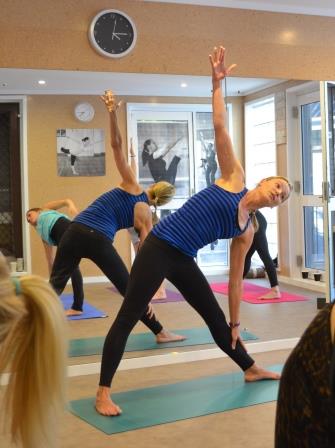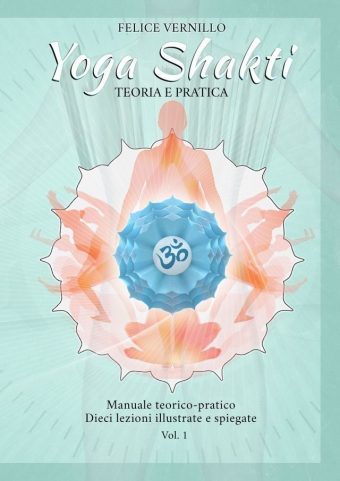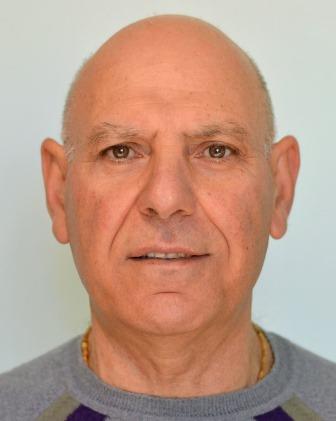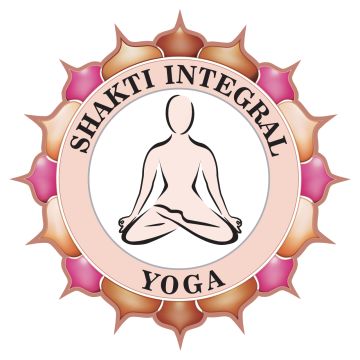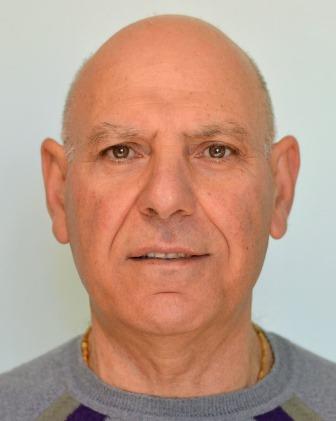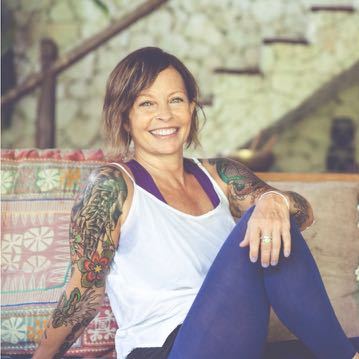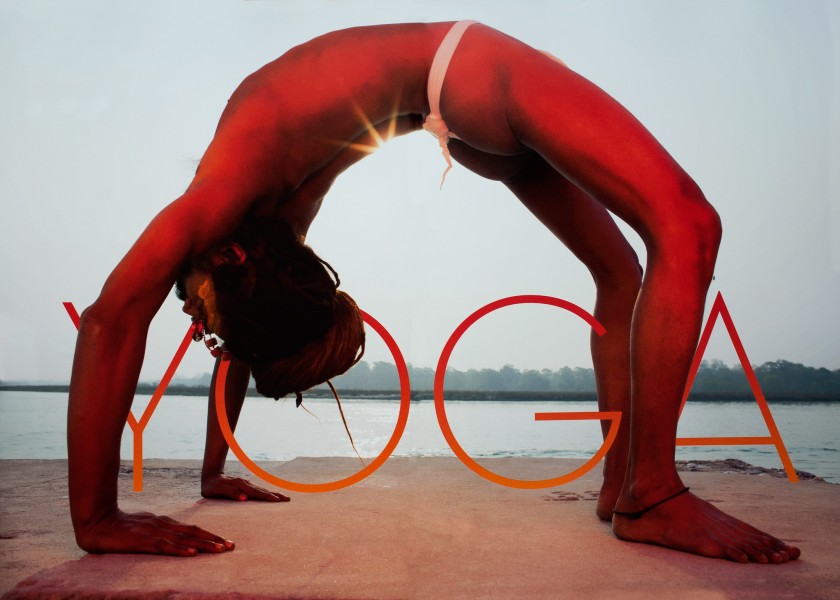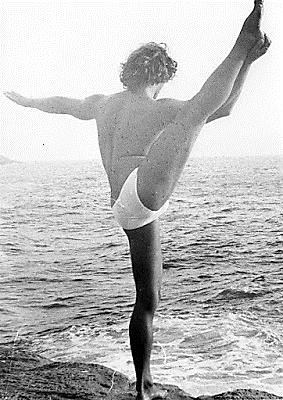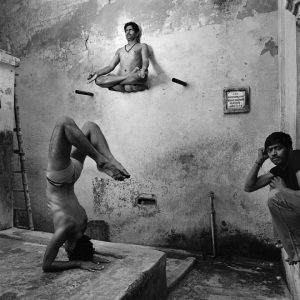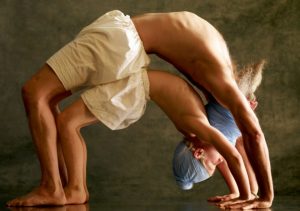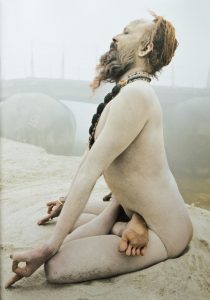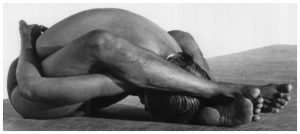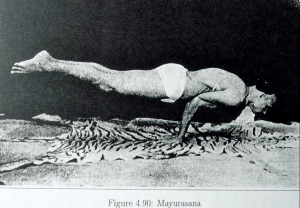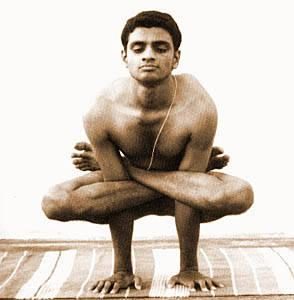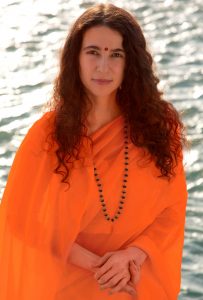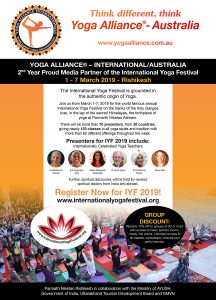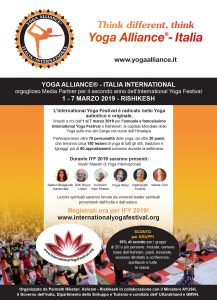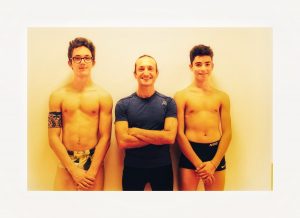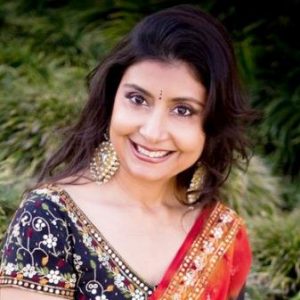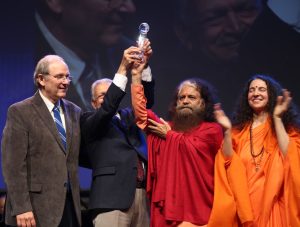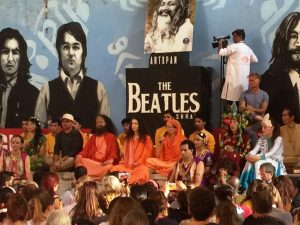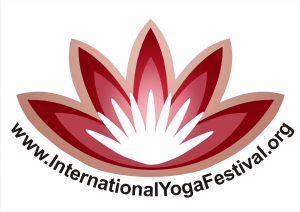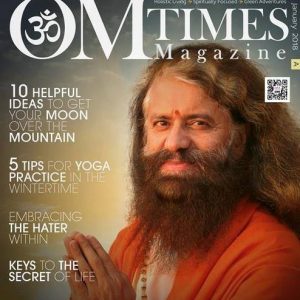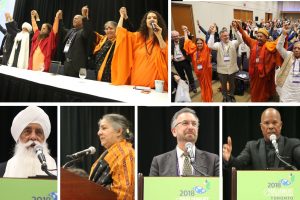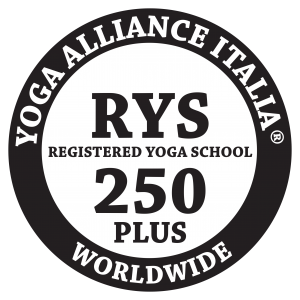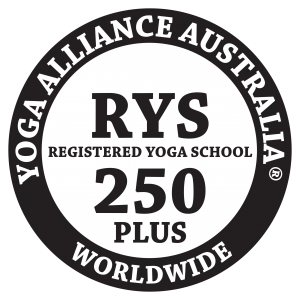A peaceful mind is a happy mind! by Yoga Master Teacher Felice Vernillo
Member of Yoga Alliance (Italia Division) Yoga Alliance European Registry
Before dealing with fear, I believe it is necessary to clarify what emotions are and how they operate on our psychophysical condition, asking ourselves: – How do emotions develop? Are they born by themselves or by ourselves?
– HOW DO YOU GET EMOTIONAL?
Yoga says that it is necessary to understand the connection between cause and effect. An emotion could be the effect of something or the cause of something, if we know the cause of the emotions then, we will be able to know how to manage them. Until we learn to work with the breath, we will not be able to interact with our emotions. The most known and frequent emotions are: Joy – Sadness – Fear – Anger.
Anyone in their life experiences emotions and knows that they reverberate in the body: joy in the heart, sadness in the lungs, both in the chest. While the Fear in the kidneys, the Anger in the liver both in the abdomen. The respiratory function implies a “Empty” and “Fill” through the interaction between the abdomen and the torax, interaction regulated by the central nervous system.
The behaviour of the intellect and the behaviour of emotions are two distinct things; both, however, disturb three aspects of the person:
1. The muscle tone 2. The posture 3. The Mechanical balance
These three aspects, which depend on the cerebellum, govern and control the emotional brain and not the human brain. This explains the importance of the concept of Yoga Asanas (posture), which through the body, also represents a mental attitude. Let us reflect: why do we assume different postures or postural configurations? Why do we hold these postures for some time?
If we look around, we notice that some people have a “flexed attitude” (hunched forward) and, once we get in touch with them, we realize that they are depressed inside. In this state of depression, they close themselves off to emotions. Unlike, for example, competitive athletes who, on the other hand, have an “extended attitude” of someone who is ready to face anyone.
If we look around, we notice that some people have a “closed attitude” (body curved forward) and, once we communicate with them, we realise that they are depressed inside.
In this state of depression, they close themselves off to emotions. Unlike, for example, competitive athletes who, on the other hand, have an “open attitude” (body extended forward) of someone who is ready to face anyone.
So the attitudes that can be created are are: 1. close attitude (body curved forward) 2. open attitude (body extended forward)
In this moment, in which every human being, all over the world, feels threatened and besieged by an invisible enemy such as a virus, capable of endangering individual and collective life, every person, because of this, also feels invaded by another “enemy” ally of the virus, also invisible, which however strikes from the inside: “fear”.
Fear is a primordial biological response inherent in every living being, which arises from the inside as a response to messages identified by the body as a danger capable of threatening one’s own survival. So fear in itself is a resource for the living being, capable of protecting his survival and the entire human species.
Fear is therefore an integral part of human life, and manifests itself in the form of stress, causing a series of body responses regulated by the nervous system called the sympathetic. When stress remains normal to carry out its physiological function, it is scientifically called neuro stress (emotional stress), when instead it exceeds a certain level, becoming overdose, which is much higher and persistent than the objective need, it triggers a process of internal destruction that is scientifically called distress.
The pandemic is producing a great psychosis of fear, everyone is scared to death, constantly solicited by a large amount of negative news constantly spread by the mass media. Scientific studies have underlined the impact of thoughts and emotions on the human immune system. These studies have shown that stress, fear and negative emotions, through the limbic system also known as the “emotional brain”, produce an internal response that weakens the immune system.
Yoga science has already understood this psychosomatic phenomenon from time immemorial. In fact, yoga discipline, through its practices experienced for millennia, allows you to take charge of your health and well-being integrally, through a constant yoga practice you train yourself to remain cantered on your own salutogenesis (process of evolution of health status), rather than centring on pathogenesis (evolutionary process of the disease state) that worsens with fear.
Integral Yoga consisting of asana, pranayama and meditation performs the function of leading the practitioner from pathogenesis to salutogenesis. The integral yoga discipline acts on all existential planes, from the most external, the physical, to the most subtle, the mind. A journey that begins with mental hygiene, followed by physical, up to emotional with a beneficial effect on the immune system.
We believe, nowadays, we have all the necessary knowledge to consider ourselves educated and cultured people, however, this inflated balloon that all of us are, deflates when we enter into the merits of own being such as “where are we?”, ” where do we exist?”, ” how do we feel ?”. When we realize that we lack essential knowledge, this observation can immediately become a disturbing element. It was probably like this since the days of Samkya Yoga, so much so that Avidya, the lack of knowledge or ignorance (of “who I really am”) was put in the first place with respect to human suffering.
This is a lack of knowledge that, perhaps, we all have and that unites us all. If we want to achieve a state of real wellness, result of the integration of all the components of the human being, we should consider all the irritating factors that disturb the being, of which “Fear” is the strongest.
Yoga, thanks to its millenary experience, states that until we learn to control the breath, we will not be able to manage negative emotions.
Yoga science texts mention the concept of the five bodies or Kosha or layers of consciousness which follow an order that goes from the grossest to the most subtle:
1. The most evident is the physical body (Annamaya Kosha),
2. then there is the respiratory or pranic body (Pranamaya Kosha),
3. then the emotional body (Manomaya Kosha),
4. then the intellectual body (Vijnanamaya Kosha),
5. then the existential body (Anandamaya Kosha).
Before reaching the emotional body, it is necessary to act on the two previous bodies:
1. the physical body 2. the respiratory body
For this, yoga suggests the path constituted by: Yama and Nyama – Asana – Pranayama – Dhyana.
An evolutionary path towards the so-called realization of “who I am” that yoga post-poses after the removal of all the polluting factors of the entire body-mind system, through a purification process called “Kriya Yoga“.
Y.S. II- 1: “Tapah Svadhyayshvara Pranidhanani kriyayogah”
“Effort, self-study, surrender to the supreme controller is Kriya Yoga”
Y.S. -II. 3: “Avidya asmita raga dvesha abhiniveshah kleshah”
“The afflictions of the human being are: ignorance (believing that I am the body), I-ness/ego sense, attachment, aversion, clinging to life (fear of death)”
Yoga thus realizes its project of leading the human being to recognize himself, to fulfill himself, to free himself, “Moksha“, from the fear of the future and the present.
A BASIC PRACTICE FOR ALL
Ujjayi Pranayama
In this word we find the root “Ud” which means to raise, lift, carry upwards, and “Jaya” which is a form of greeting, an expression of joy and victory: “Ujjayi” can therefore be translated as “one who is victorious”.
TECHNIQUE
This practice is characterized by a slight narrowing of the passage of air in the throat, due to a partial closure of the glottis.
Sit in a cross-legged position, with the spine perfectly straight, position the head with the chin tilted towards the chest and slightly retracted. Gently place the tongue on the upper palate to cause a slight closure of the glottis until you hear the sound that the air produces as it flows down the throat (like ocean waves sounds).
Depending on the intensity of the glottal closure, Ujjayi pranayama becomes more or less intense.
Considering that the glottis physiologically closes every time we swallow something, for this practice we use the artifice of empty swallowing to produce the same contraction, once this partial contraction is produced it must be maintained in such a way as to carry out Ujjayi pranayama breathing correctly.
The function of the partial closure of the glottis is that to reduce the passage of air into the trachea to slow down the breath. The slowed flowing breath with Ujjayi pranayama is characterized not only by the slowness of the flow, but also by the sound produced by the breath.
During the slow and sonorous breathing in flow, fill the lungs up to the maximum capacity and with the same slow and sonorous breathing out flow, totally empty the lung capacity, thus continuing for the whole time of the practice.
BENEFITS
On the physical level, the practice of Ujjayi pranayama rebalances all internal functions, improves oxygenation, pressure and blood circulation, rebalances the vegetative nervous system with a consequent reduction of the so-called distress (stress overdose) up to total mental relaxation.
